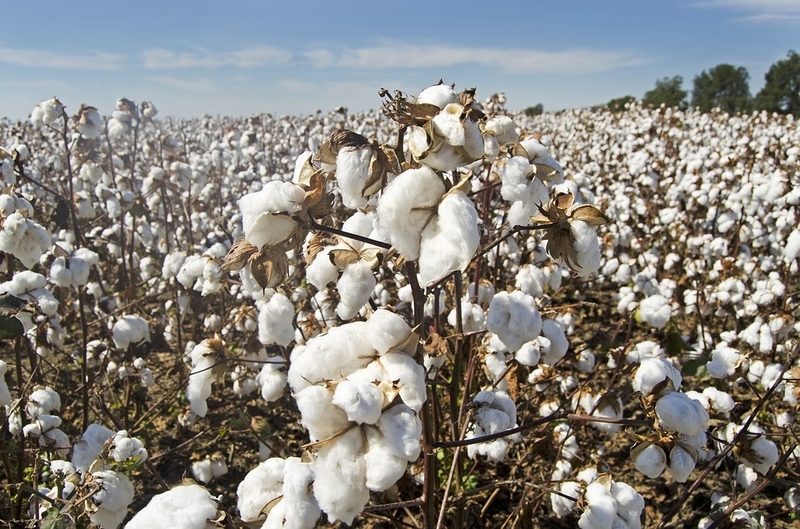
In a move to reduce the damage that whitefly pests make, the National Botanical Research Institute (NBRI), Lucknow has developed a pest-resistant variety of cotton.
Whiteflies are one of the top ten devastating pests in the world that damage more than 2,000 plant species and also function as vectors for some 200-plant viruses.
According to a press statement released by the Ministry of Science and Technology, cotton is one of the worst hit crops by these, in 2015, two-thirds of the cotton crop were destroyed by the pest in Punjab.
The institute will start field trials this year from April to October in the Faridkot Centre of Punjab Agriculture University, Ludhiana.
Even though Bt cotton is also genetically-modified cotton and present in the market for farmers usage, the project’s senior scientist, Dr PK Singh, said that Bt cotton is resistant to two pests only; it is not resistant to whiteflies.
In 2007, the institution decided to work on one more insect pest- whiteflies.
To develop this pest-resistant variety, researchers explored 250 plants from lower plant biodiversity to identify novel protein molecules that are toxic to whitefly.
The leaf extracts of all the plants were prepared separately, and whiteflies were allowed to feed on them. Out of the 250 plants, the leaf extract of an edible fern Tectariamacrodonta causes toxicity to the whitefly, Dr Singh noted.
This fern is known to be used in salads in Nepal and as a concoction for gastric disorders in many regions of Asia. It works against whiteflies but being safe for application on the crop plants and provides protection from them.
When whiteflies feed on sub-lethal doses of insecticidal protein, it interferes with the life cycle of insect that, in turn, resulted with very poor egg-laying, abnormal eggs, nymph and larval development, and the poor overall growth of the fly.
However, this protein was found to be un-effective on non-target insects. This clearly shows that the protein is specifically toxic to whitefly and does not cause any harmful effect on other beneficial insects like butterflies and honeybees. As to whether this protein is safe to mammals or not, the toxicity of the protein was also tested on the rat mammalian model, Dr Singh added.
The availability of the product in the market for farmers to use depends on several factors. If the whiteflies tolerance trait that has been introduced into the plant performs the same way in the field, only then it can be given to farmers for cultivation. Researches will have to see if this trait can be an agronomic trait too.
NBRI, on its website, said that it undertakes basic and applied research on various aspects of plant science, including documentation, systematics, conservation, prospection, and genetic improvement. It emphasises on under-exploited, non-traditional, and wild plant genetic resources of the country for sustainable development and human welfare.
















